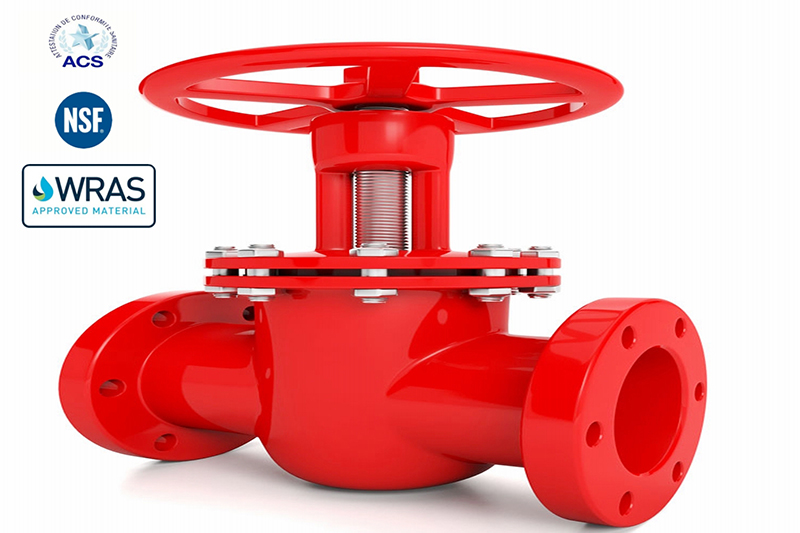Powder coating is a process whereby a liquid or gaseous coating is applied to a metal surface by compressing it or by injecting it. This coating is most commonly found in metal pipes and in common use it's called Epoxy. There are two types of Powder Coating: Spray and Transfer. Spray Coating is generally used for internal processes and is used primarily for metals like iron and steel where bonding with the final product can be difficult and time consuming due to surface impurities. Transfer coating is used on nonferrous metals like copper, brass, aluminium and other non-metals.
There are two primary types of Powder Coating: Powder Restraider (PR) and Hardener Resin (HR). Powder-coated hardener resin is much less toxic than other epoxy resins and can be applied with minimal heat, making it safe to use in applications that require chemical safety. HR is a reductively impregnated hardener where the hardening occurs upon hardening of the resin, which is achieved by passing a high temperature gas through the resin material. This hardening of the resin, which gives it a non-toxic property, makes HR a much safer chemical treatment option than other forms of epoxy powder coating.

The powder coating is typically part of a fbe powder manufacturing process. When a fbe chemical substance is mixed with a carrier solution during the manufacture of an alloy, it is necessary for the carrier solution to provide the necessary temperatures during the manufacturing process. Otherwise, the alloy would not have been able to undergo all the important heat treatments that are necessary for the chemical reaction with the hardener components. The process of hardening involves a series of heating processes designed to accelerate the rate of diffusion of the component into the mating component during the cooling phase of the process.
There are several ways in which the chemical bonding and hardening occur during the powder coated pipe or tubing process. One of the most common methods is through mechanical straining, where the application of force across a stiff surface causes the bones to weaken and break. Another common method of mechanical bonding is through mechanical rubbing, where the application of force causes the bonds to spread apart. The application of heat can also initiate the chemical reaction between the components. Heat can be applied through the use of an electric torch, hot water heaters, or even by using an infrared torch.
Other methods can include electrochemical methods including the dielectric coating application and the chemical bath application. Many times, powder coatings require a curing process to accomplish their final results. Curing is a process used to aid in the hardening of the hardening agents, as well as the mechanical properties of the material. In the case of steel, this will help prevent corrosion and increase the strength of the metal. In the case of soft metals like aluminum, hardening agents are injected into the mixture in order to initiate a chemical reaction that hardens the metal.
In some cases, powder application and curing processes are combined in order to speed up the entire process, or to minimize the time between applications. There are some instances when this process is unnecessary, such as with pipe fittings and the installation of drain valves and other plumbing fixtures. Powder coated pipe fittings can be installed very quickly because they do not need to undergo any sort of structural strengthening. Also, these pipes will not require any additional piping, as they form a tight seal with each other. This makes for a simple piping solution that does not require any costly modifications in order to serve its intended purpose.
If a company is looking to reduce corrosion in its operations, it may very well want to consider the installation of heat exchangers in its water cooling system. The process allows heat from the incoming water to be absorbed by the metal layers surrounding the valve, which then increases the resistance of the metal to corrosion. Although not particularly heavy duty, the metal's smooth surface and seamless finish work to greatly reduce the amount of friction that occurs in the buildup of corrosive salts within the valve. In addition to being an effective barrier against corrosive agents, this type of coating thickness also increases the lifetime of the fittings, as well as the overall efficiency of the system.
Some other uses for powder coating in manufacturing and other industries exist. For instance, some types of welded fluid can use a variety of different alloys in order to bond with the various components of the pipe and to create a more durable seal. Certain pieces of welding equipment, such as water heaters and abrasive brushes, can benefit from a hardener. In the process, hardeners can greatly increase the life of the piece, as well as improve its overall strength and performance. Some manufacturers like huacai powder coating choose to use hardeners in order to help prevent corrosion during shipment or transportation, or to prevent damage during storage.